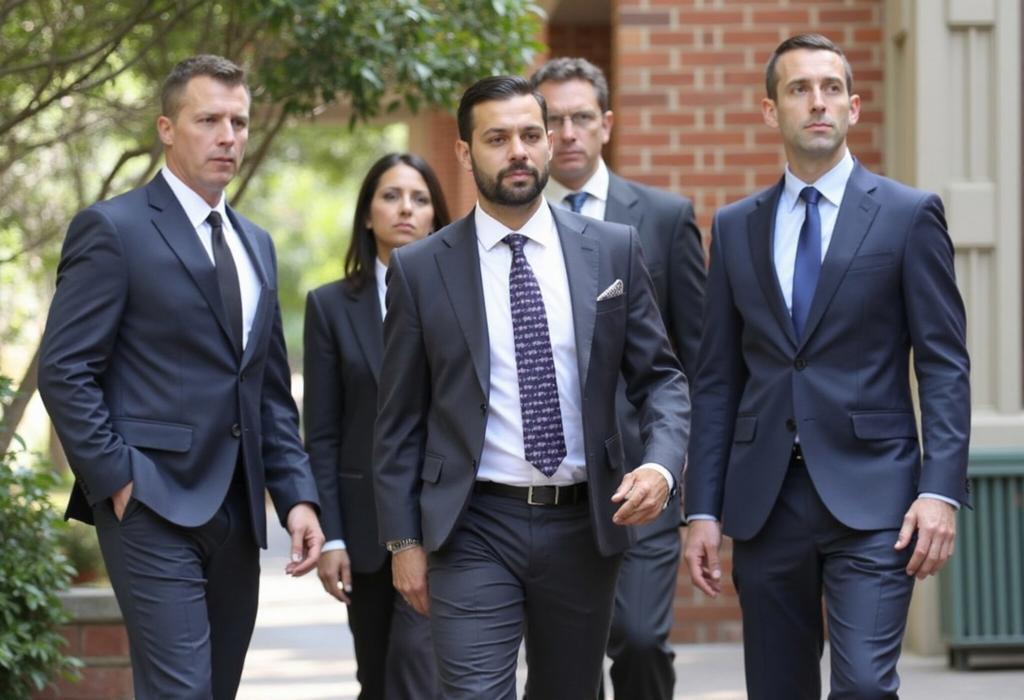A year after the tragic stabbings at the Bondi Junction Westfield shopping center, an inquest has commenced to uncover the circumstances surrounding the attack. On April 13, 2024, Joel Cauchi, 40, initiated a violent spree, resulting in the deaths of six individuals and injuries to twelve others, including a nine-month-old baby. The inquest, presided over by State Coroner Teresa O'Sullivan, aims to explore Cauchi's mental health history, the police's previous interactions with him, and the actions taken by the security personnel during the incident.
Coroner O'Sullivan expressed hope that the proceedings would provide families with clarity about the events that transpired. Notably, the inquest will investigate possible lapses in mental health treatment, as Cauchi had been diagnosed with schizophrenia. Additionally, it will examine media coverage of the incident, particularly concerning the distress caused to victims' families by the repetitive airing of graphic footage.
The inquest's initial sessions will examine testimonies from police officers, including the one who fatally shot Cauchi, as well as key witnesses who confronted him during his attack. This examination will include an analysis of security responses and emergency services' management, drawing insights from previous international tragedies such as the Manchester bombing and the Christchurch mosque shootings.
As families face their grief, this inquiry holds the potential for policy shifts aimed at preventing similar tragedies in the future, particularly concerning the handling of mental health issues within the community. The memorial set up at Bondi Junction, filled with tributes for the victims, underscores the ongoing impact of that day—a stark reminder of the human toll of such violent acts.
AD
AD
AD
AD
Bias Analysis
Bias Score:
25/100
Neutral
Biased
This news has been analyzed from 11 different sources.
Bias Assessment: The reporting appears to be fact-based and focused on the inquest proceedings without overt bias or judgmental tones. It acknowledges the perspectives of the victims' families while emphasizing the multifaceted issues surrounding mental health treatment and security responses. However, attention on the media's role might suggest a subtle critique of sensationalist coverage, which could align with a viewpoint inclined toward empathy for the victims. Overall, the article maintains a neutral stance, reflecting an effort to inform rather than sway opinion.
Key Questions About This Article




